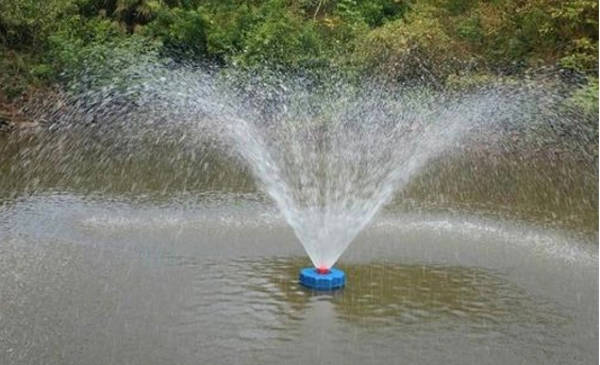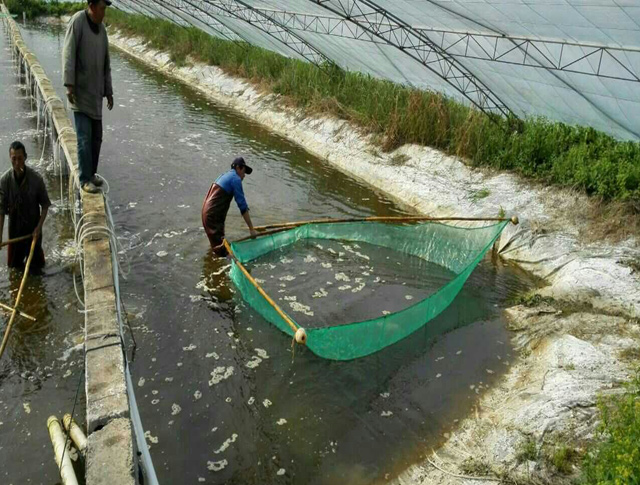Dissolved oxygen (DO) refers to the content of oxygen dissolved in water (mg/L). The content of oxygen dissolved in water will increase as the water temperature decreases or the pressure increases. Generally speaking, at 1 atmosphere and 25°C, 8.26 mg/L (saturated dissolved oxygen content) of oxygen can be dissolved. In addition, the oxygen concentration changes due to the oxidation of various coexisting substances and organic substances dissolved in the water and the respiration of microorganisms. Its main source is oxygen in the atmosphere, but during the growth of algae in water, oxygen is also released through photosynthesis, resulting in a temporary supersaturated state.

Dissolved oxygen is closely related to the partial pressure of oxygen in the air, atmospheric pressure, water temperature and water quality. At 20°C and 100kPa, the dissolved oxygen in pure water is approximately 9mg/L. Some organic compounds undergo biodegradation under the action of aerobic bacteria, consuming dissolved oxygen in the water. If organic matter is calculated in terms of carbon, according to C+O2=CO2, it can be seen that every 12g of carbon consumes 32g of oxygen. When the dissolved oxygen value in the water drops to 5mg/L, some fish will have difficulty breathing.Dissolved oxygen usually comes from two sources: one source is when the dissolved oxygen in the water is not saturated, oxygen from the atmosphere seeps into the water body; Another source is oxygen released by plants in the water through photosynthesis. Therefore, the dissolved oxygen in the water will be continuously replenished by the dissolution of oxygen in the air and the photosynthesis of green aquatic plants. However, when the water body is polluted by organic matter, oxygen consumption is serious, and the dissolved oxygen cannot be replenished in time, anaerobic bacteria in the water body will multiply quickly, and the organic matter will turn black and smelly due to the corruption of the organic matter.

Dissolved oxygen value is a basis for studying the self-purification ability of water. The dissolved oxygen in the water is consumed and it takes a short time to return to the original state, which shows that the water body has strong self-purification ability, or that the water body is not seriously polluted. Otherwise, it means that the water body is seriously polluted, the self-purification ability is weak, or even the self-purification ability is lost.
Hypoxia refers to low levels of dissolved oxygen in water, which can adversely affect aquatic ecosystems, human health, and economic activity. When dissolved oxygen levels in water fall below 2 mg/L, it is considered anoxic, while below 0.2 mg/L is anoxic, meaning there is little to no oxygen. Generally speaking, a minimum of 4 mg/L of dissolved oxygen is required to sustain the survival of organisms, but different species have different tolerance ranges.

How to improve the dissolved oxygen in water?
- Improved municipal and industrial wastewater treatment can help maintain healthy dissolved oxygen levels in water bodies.
- Implementing best management practices in agriculture to reduce the runoff of fertilizers and organic matter into water bodies can also be helpful
- Plant trees along waterways to provide shade, thereby lowering water temperatures and increasing the solubility of dissolved oxygen.
- Employ sensors for real-time monitoring and prevention.
- Improve with an aerator.
